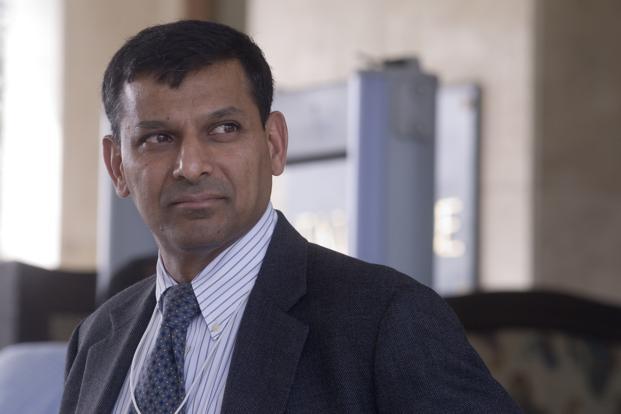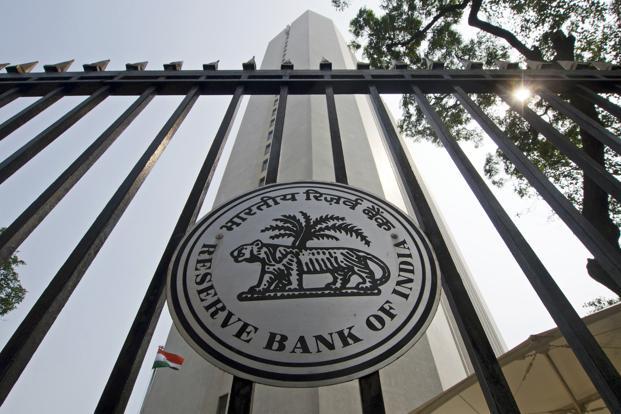Reserve Bank of India (RBI) governor Raghuram Rajan doesn’t need to worry about keeping his job if the Bharatiya Janata Party (BJP)-led National Democratic Alliance (NDA) comes to power, BJP treasurer Piyush Goyal said in an interview last week. Goyal, a member of the standing committee on finance, said, “Just because he’s been appointed by someone else doesn’t mean we have an agenda to remove him. No government can dictate to the central bank. It’s an autonomous body and he holds a constitutional position. We don’t have any likes or dislikes.”
In an earlier interview with a financial daily in February, Goyal had said that Rajan was only aggravating the problems of inflation and making it worse by increasing interest rates. RBI governors under Congress rule, according to him, have been forced to increase interest rates due to ineffective policy implementation by the government. Is Goyal’s somersault a sign of his political maturity or change of heart in three months? Both BJP and Rajan want inflation to come down and if indeed that’s the case, what’s the problem? Why would BJP-led government—if it assumes power —show the door to Rajan? There’s a catch. BJP is not fond of the idea of tackling inflation through interest hikes, which Rajan has been doing, because the party believes that price rise is an outcome of supply-side issues. If it assumes power, one can presume it will address those issues and since Rajan has gone on record saying that he would not adopt a sledgehammer approach to bring down inflation, it’s safe to presume that both the new government and governor will coexist peacefully.
Of course, what can suffer is Rajan’s resolve to make inflation-targeting the key objective of the Indian central bank—an issue on both RBI and current finance minister P. Chidambaram are convinced. Following the Urjit Patel committee’s recommendations, RBI has kept the target for inflation measured by the Consumer Price Index (CPI) at 8% for January and 6% for January 2016.
Rajan has raised the policy rate by three-quarters of a percentage point since he was appointed as RBI governor in September. As CPI has been over 8% for months in a row, it’s possible that Rajan may have to consider hiking rates once again (he left the policy rate unchanged in the last review on 1 April) and the new government won’t favour that even though BJP has zero tolerance for inflation. Goyal said his party will move to prevent hoarding of fresh produce and seek a price stabilization fund to support farmers during supply gluts and procure imports when there are shortages.
To his credit, Rajan has also handled well the new bank licensing issue where BJP has strong reservations against the entry of industrial houses. Out of 25 applications, RBI has picked up two and none of them from the corporate world.
A change of governor with a change in government doesn’t happen too often. For instance, former RBI governor Bimal Jalan was appointed by the United Front government led by I.K. Gujral in November 1997 for three years when P. Chidambaram was finance minister. After the Atal Bihari Vajpayee-led NDA government came to power in 1999, Jalan, people close to him say, offered to resign but then finance minister Yashwant Sinha convinced him to stay back. Eventually, Jalan did not finish an extended term and moved to Rajya Sabha as a BJP nominee.
There have been few instances when an RBI governor had to step down because of change in government even though not every governor has been in best of terms with the finance ministry. Osborne Smith, RBI’s first governor, did not complete his term as his views on interest rate and exchange rate were not in sync with the government. Similarly, Benegal Rama Rau, the fourth governor, had to leave in 1957 over differences with the then finance minister T.T. Krishnamachari. K.R. Puri, the 12th governor, is another instance. He was appointed during the Emergency but was moved out days after the Janata Party came to power. Much later, in 1990, R.N. Malhotra, RBI’s 17th governor, had to step down to make way for S. Venkitaramanan because of change in government (V.P. Singh-led National Front government was replaced by Chandra Shekhar government with outside support of Congress).
Former US Federal Reserve chairman Ben Bernanke, who was appointed by George W. Bush and got a second term by Barack Obama, has recently said independence of a central bank is important and RBI governors are aware of that. Rajan’s immediate predecessor D. Subbarao will be remembered for his relentless fight with the finance ministry for the central bank’s independence.
His predecessor Y.V. Reddy too was involved in similar fights—which Reddy himself described as creative tension. Reddy’s run-ins with the finance ministry were more on specific issues while Subbarao fought on broader policy issues like the constitution of the Financial Stability and Development Council. Subbarao wrote to the then finance minister Pranab Mukherjee, saying, “The appearance of autonomy is as important as the actual autonomy itself”, and “the very existence of a joint committee (the council) will sow seeds of doubt in public mind about the independence of regulators”. He was also not comfortable with the idea of divesting RBI of its debt management function and had strong reservations on the report of the Financial Sector Legislative Reforms Commission, which has proposed taking away many of RBI’s functions.
The creative tension between the ministry and RBI was all-pervasive as much because of Reddy’s sense of independence as the ministry’s intrusion into the central bank’s turf. One would expect the new finance minister to be less intrusive and allow Rajan, a former chief economist at the International Monetary Fund, to draw battle lines to fight inflation and ensure sustainable growth.



